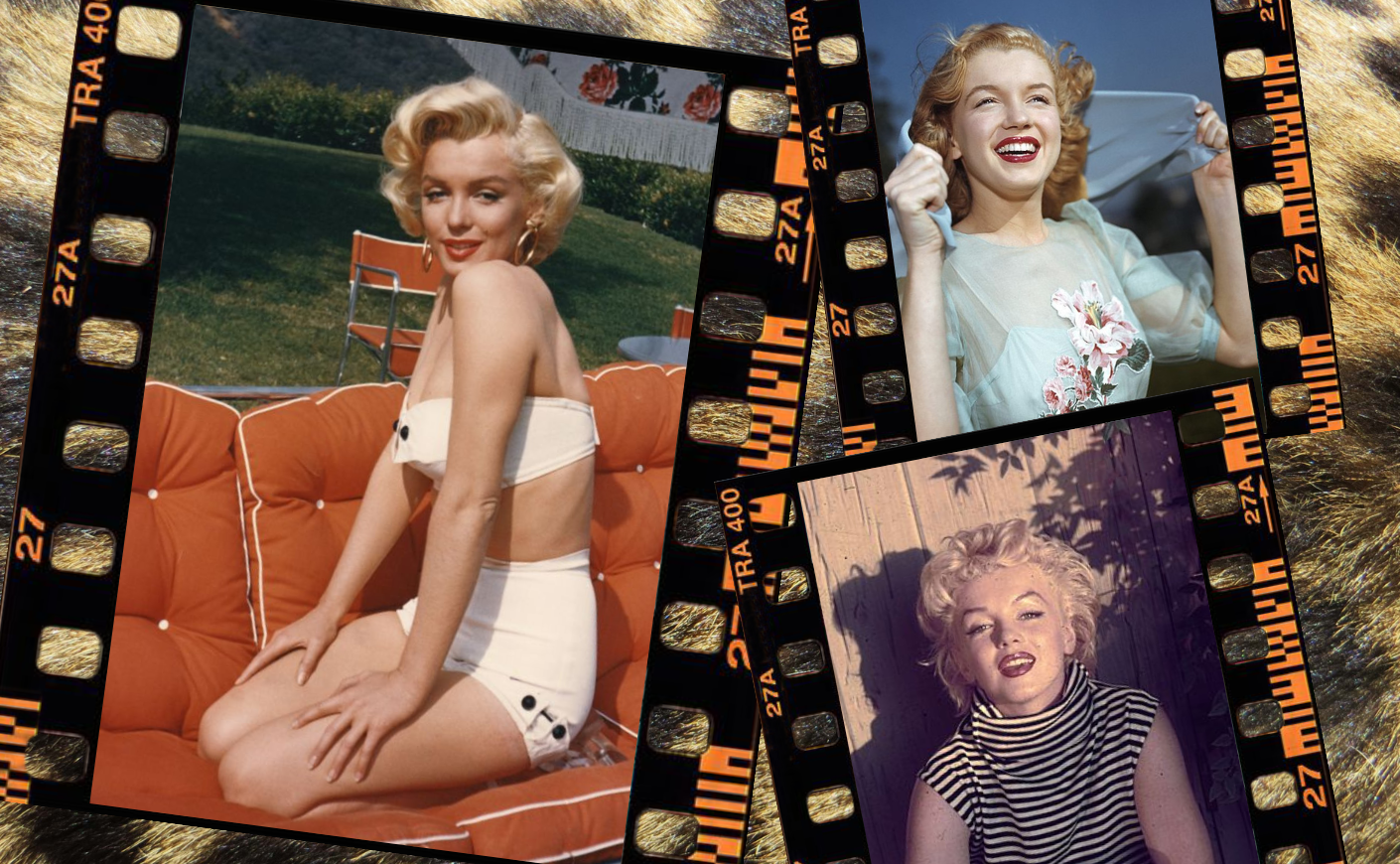She was born as Norma Jeane Mortenson and later baptized as Norma Jeane Baker, but we all know her as the one and only Marilyn Monroe. And although it’s been more than six decades since she died at her home on Aug. 4, 1962, we still can’t stop talking about her.
Our culture’s fascination with Monroe seems to know no bounds, as evidenced by the shocking and often outlandish stories about her that periodically make the rounds. We took a deep dive into a few of those tales to separate fact from fiction.
Did Marilyn Monroe have an affair with President John F. Kennedy?
It’s one of the most infamous celebrity stories of the 20th Century: Hollywood’s blonde bombshell and the leader of the free world, carrying on a relationship they hoped to keep secret despite being two of the biggest icons in American history. But did it actually happen?
Monroe and JFK ran in similar circles and had mutual friends, but considering that they were among the most-photographed people of their time, you might find it surprising that only one known image exists of them together. It was taken on May 19, 1962, the same night Monroe delivered her unforgettable rendition of “Happy Birthday” during a rally at Madison Square Garden just before JFK turned 45. (Yes, the one where she wore the dress that Kim Kardashian would don for the Met Gala 60 years later.)
So we’re certain that the famous duo were acquainted, but what do we know about the specific nature of their relationship? That’s harder to answer, but most sources agree they were intimate together at least once.
In Marilyn Monroe: The Biography, author Donald Spoto argues that it did happen, but likely not multiple times.
“All that can be known for certain is that on four occasions between October 1961 and August 1962, the president and the actress met, and that during one of those meetings they telephoned one of Marilyn’s friends from a bedroom,” Spoto writes. “Soon after, Marilyn confided this one sexual encounter to her closest confidants, making it clear that it was the extent of their involvement.”
According to TIME, Monroe’s personal masseur Ralph Roberts claims that their night together happened at Bing Crosby’s home on March 24, 1962 — but it wasn’t the kind of life-changing fireworks you might expect. “Marilyn gave me the impression that it was not a major event for either of them: It happened once, that weekend, and that was that,” Roberts said.
Another biographer, James Spada, says JFK wasn’t the only Kennedy brother to have a dalliance with Monroe. “It was pretty clear that Marilyn had had sexual relations with both Bobby and Jack,” Spada told People in 2012.
JFK was, of course, married to First Lady Jacqueline Kennedy at the time, though the president’s infidelity was an open secret in the White House, even to his wife. But according to another source, the reality of Kennedy’s marriage is what stopped his relationship with Monroe from progressing any further.
That source is Tony Oppedisano, a former road manager for Frank Sinatra, who shared with Oppedisano revealing details about his own friendship with Monroe. Oppedisano told People in 2021 that the Monroe-Kennedy relationship “was obviously a sexual thing,” and that Sinatra once showed him a California home where the duo would engage in “slap and tickle.” But he added that Sinatra said Monroe had a strong “sense of ethics and morals.”
“It’s not that there was nothing there [between Monroe and JFK], but let’s face it: He was the president of the United States, and he was a married man and a father,” Oppedisano said. “She wasn’t about to break up [the president’s] marriage, so she wouldn’t let it go that far, even if she felt that deeply.”
Did Marilyn Monroe wear a size 16 dress?
A look at how the “ideal” body has changed over the decades shows just how influential Monroe’s hourglass shape has been in our culture — but how curvy was she really?
Rumors through the years have placed her famous figure at a size 16, a fact that’s been repeated many times. One memorable example comes from Roseanne Barr, who in 1996 told The New Yorker, “I am a woman, God damn it, and I am more sexy than Pamela Lee or whoever else they’ve got out there these days. Marilyn Monroe was a size 16. That says it all.”
(It’s worth noting that this piece of lore has also been weaponized. Back in 2000, actress Elizabeth Hurley used it for cruel criticism: “I’ve always thought Marilyn Monroe looked fabulous, but I’d kill myself if I was that fat,” she reportedly told Allure magazine.)
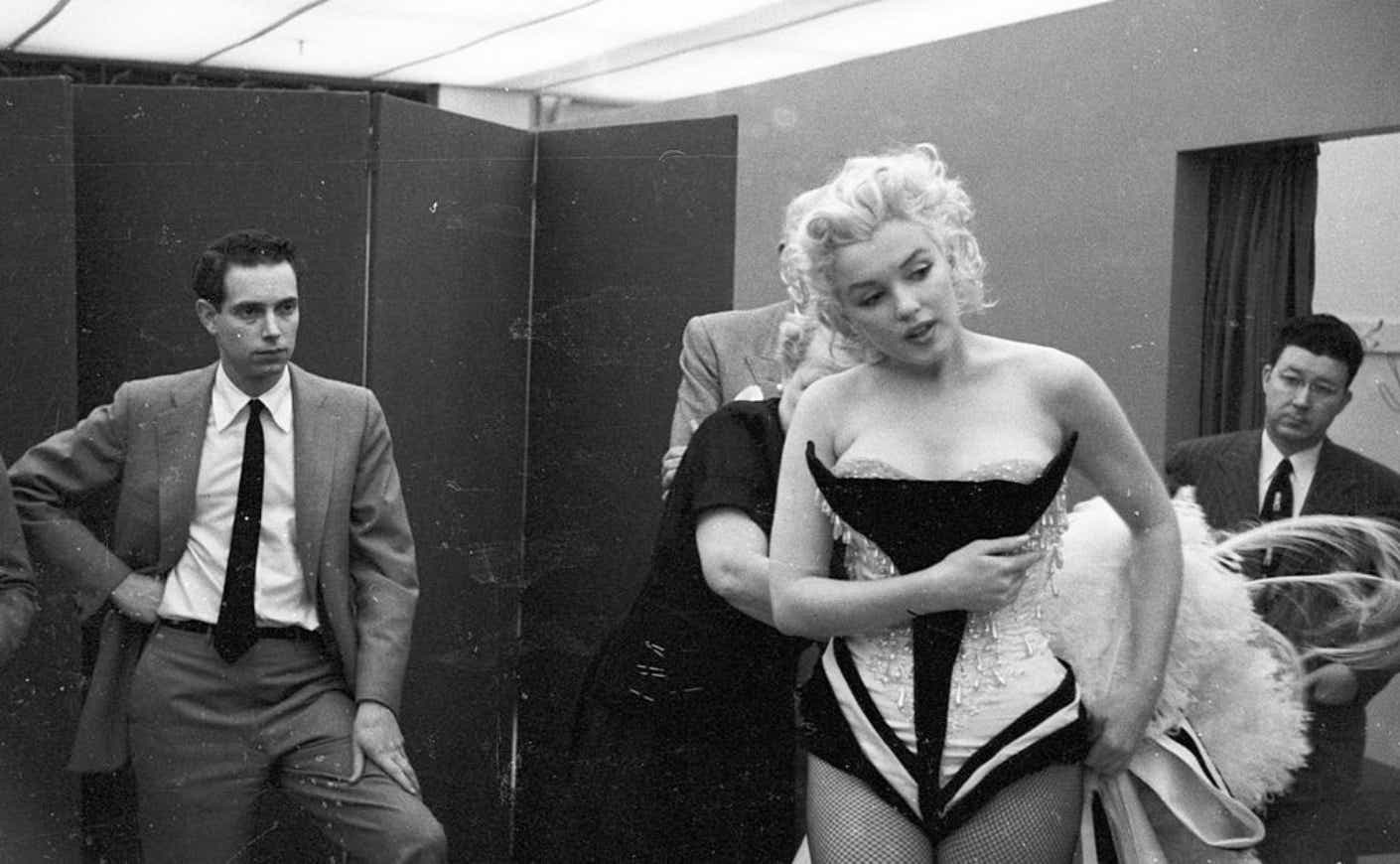
The truth, however, is that Monroe wasn’t a size 16 — at least not by our modern standards.
The pervasive trend of “vanity sizing” has radically changed what the numbers on our tags represent. Back in 1960 (two years before Monroe’s death), the weight of the average American woman was 140 pounds. By 2014, that had increased to 168.5 pounds. As body shapes shifted, brands sought to accommodate the changes without making women feel bigger by adjusting their sizes so that the smaller ones could be worn by more people. (The resulting mirage of what one should “really” wear is the reason progressive apparel companies like Universal Standard are totally reinventing the traditional size chart.)
So what size did Monroe actually wear? It’s tough to say, especially considering she was an A-list celebrity who had access to custom-fitted creations. But according to her former dressmaker, Monroe’s standard measurements were 35-22-35, meaning that in today’s retail stores, she’d probably wear a size 6 or 8 — which translates to a size 12 back in the 1950s.
Is Hugh Hefner buried in the cemetery plot next to Marilyn Monroe?
This one is totally true — and perhaps a bit creepy, considering the media mogul never even met Monroe in her lifetime.
However, Hefner does have a notable connection to her: He put Monroe on the cover of the very first issue of Playboy, which was printed in 1953. But the images inside weren’t actually original to the magazine. In 1949, a pre-fame Monroe accepted $50 to pose nude for a photographer so she could make her car payment, and those pictures eventually made their way to Hefner, who published them.
For her part, Monroe later told a biographer she’d originally listed her name as “Mona Monroe” for those photos because of how she felt about having taken them: “I was nervous, embarrassed, even ashamed of what I had done, and I did not want my name to appear on that model release,” she said.
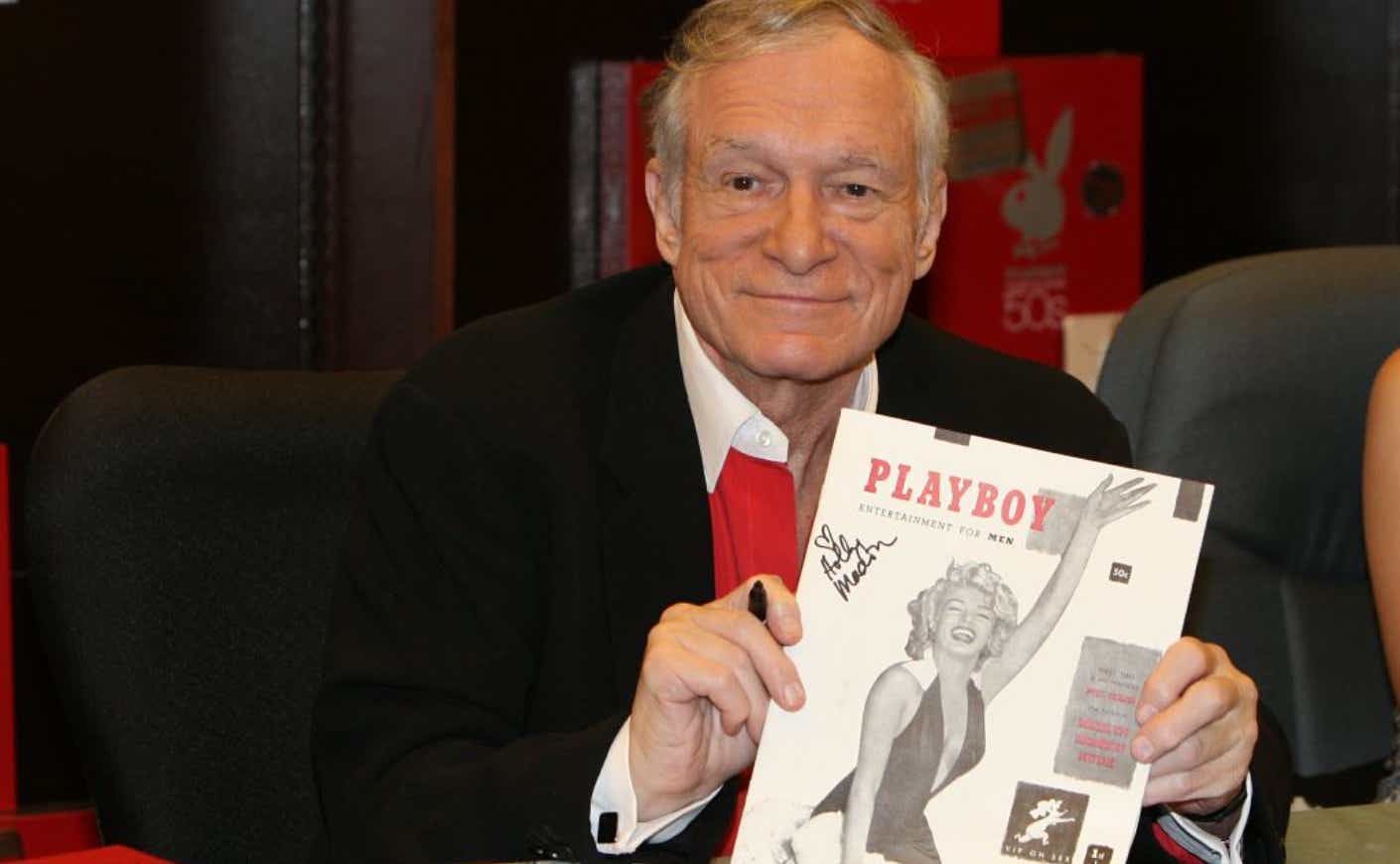
But the magazine was a smashing success, launching Playboy and Hefner himself to national renown. Then, in 1992, Hefner committed himself to an eternity next to the woman who helped launch his career when he bought the burial plot next to hers at the Pierce Brothers Westwood Village Memorial Park cemetery in Los Angeles for $75,000.
“I’m a believer in things symbolic,” Hefner told The Los Angeles Times before his 2017 death. “Spending eternity next to Marilyn is too sweet to pass up.”
The crypt above Monroe’s went on sale in 2021 for a whopping $2 million — and its previous occupant, a businessman named Richard Poncher, had an equally strange fascination with being buried near the Hollywood star.
“He said, ‘If I croak, if you don’t put me upside down over Marilyn, I’ll haunt you the rest of my life,’” Poncher’s wife said in 2009. “I was standing right there, and [the mortician] turned him over.”
Did Marilyn Monroe have six toes on one foot?
This strange story stems from a photo shoot she did in March 1946, before she’d even taken on the moniker of “Marilyn Monroe.” That’s when a photographer named Joseph Jasgur snapped a few shots of the then-19-year-old, and those images remained unpublished until 1991 when Jasgur released them in a book called The Birth of Marilyn: The Lost Photographs of Norma Jean.
We’ll let the book explain what happened next: “It wasn’t until 41 years later when Joseph Jasgur was alone in his darkroom making prints of that day’s excursion that he noticed something odd about Norma Jean’s left foot. She had six toes. A surprising discovery, he thought, but not earth-shaking. He had heard rumors of plastic surgery on her foot as well as her nose and chin, but he notes, ‘It’s none of my business.’”
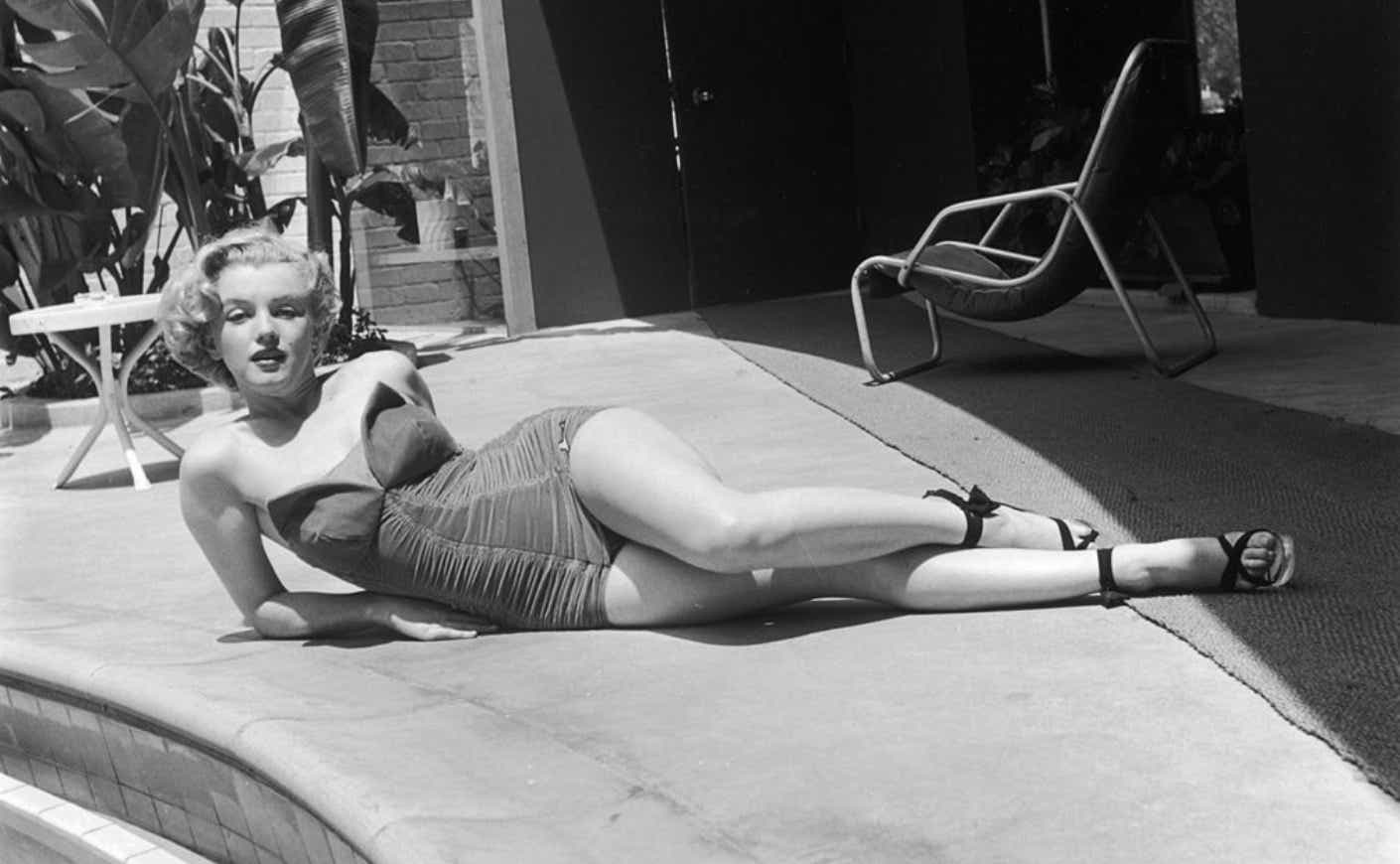
Though the apparent additional digit on Monroe’s foot was downplayed in that passage, the detail quickly caught fire in the public, and speculation about how many toes she truly had ran rampant.
However, a close read of those photographs — which you can see right here — proves inconclusive at best, and considering there is no other evidence in Monroe’s deeply documented life about this alleged toe, it’s safe to say this is just a silly story that got off on the wrong foot.
Did John Steinbeck write a letter to Marilyn Monroe to ask for an autograph?
In 2016, a purported letter to Monroe from The Grapes of Wrath author John Steinbeck was sold at auction for $3,250. The contents of this letter are deeply entertaining, but the authenticity is a bit of a question mark.
The typewritten message, which is dated April 28, 1955, contains a request: Steinbeck is asking — in particularly effusive language — that Monroe send a signed photo to Steinbeck’s “nephew-in-law” Jon Atkinson.
“He has his foot in the door of puberty,” Steinbeck allegedly wrote to Monroe of this young man, “but that is only one of his problems. You are the other.”
Steinbeck explained that because he’d met Monroe personally, he hoped their brief connection would merit the granting of this favor.
“Would you send him, in my care, a picture of yourself, perhaps in a pensive, girlish mood, inscribed to him by name and indicating that you are aware of his existence,” the letter says. “He is already your slave. This would make him mine.”
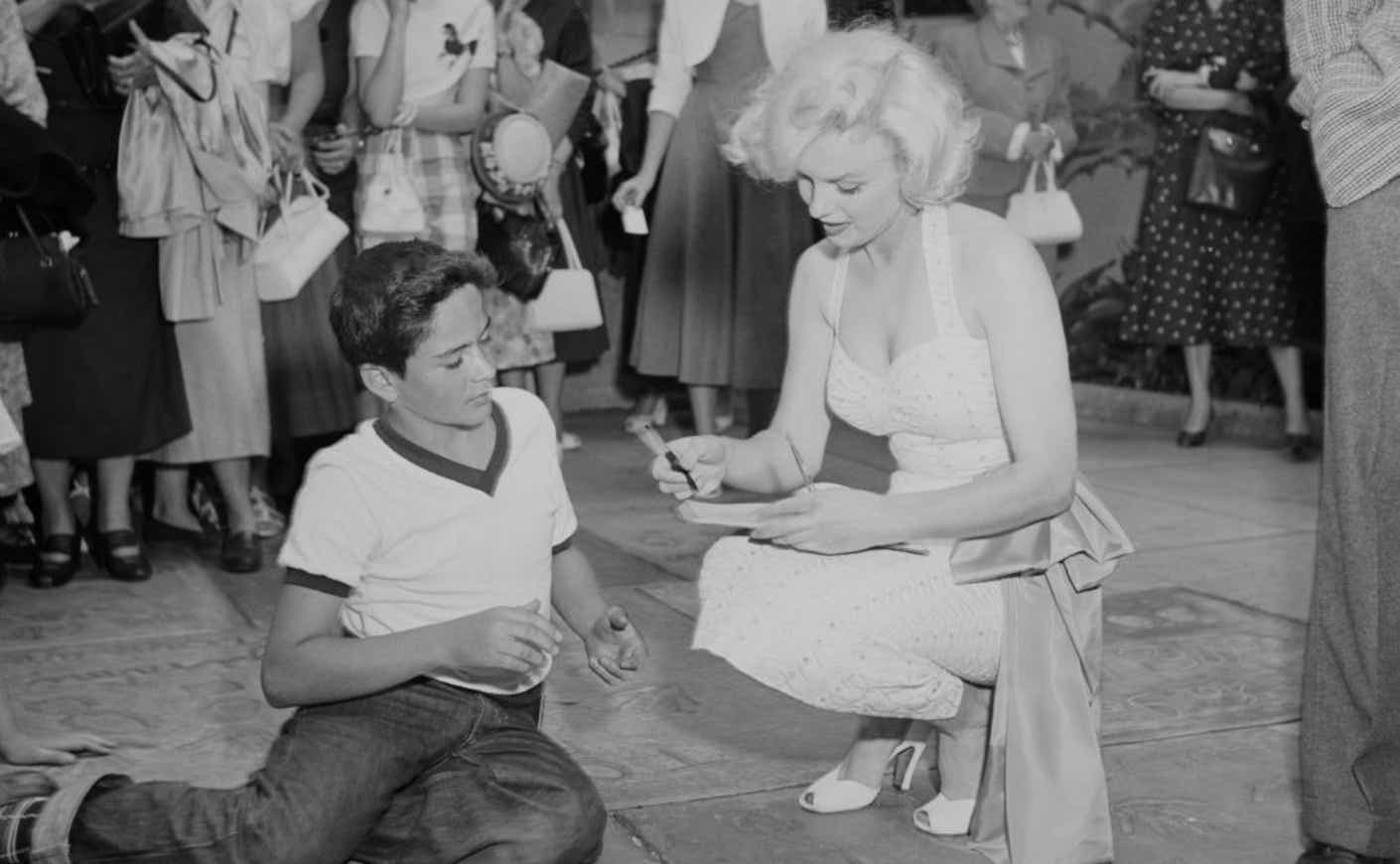
The myth-busting website Snopes investigated this letter in 2021 and determined that it was authentic. That report claims it was part of Monroe’s personal archive, which was left to her acting teacher, Lee Strasberg, when she died.
However, a month after the Snopes piece was published, The Oregonian tracked down Jon Atkinson, the man for whom Steinbeck was reportedly seeking the autograph. He and his wife told the newspaper that they didn’t buy the story, partly because they’d never heard about Steinbeck’s letter until they were asked about it, and also because they say Steinbeck always wrote his correspondence longhand, in pencil.
“I could not imagine that John Steinbeck would have had a typist or secretary from the office sign a letter like that for him,” Atkinson’s wife said. “As personal as this subject was, it seems strange.”
So while we can say with confidence that Monroe received the letter, it’s unclear whether it really came from Steinbeck. But Atkinson did answer the most important question: He never did get that autograph.







